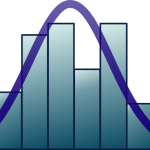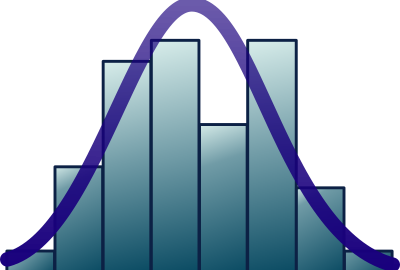Stock monitoring and Responsible harvest
Objectives and Content
The course aims to provide a fundamental introduction to how we monitor fish stocks, both by fisheries dependent and fisheries independent methods. A focus will be to provide the students with a comprehensive understanding of how acoustic and capture- based fisheries independent monitoring methods are applied to support sustainable fisheries.
Age-structured stock assessment models are an essential scientific basis for responsible harvesting, and the course will give an overview of survey design and methods providing abundance indices by age in acoustic ¿ and trawl surveys. FAO¿s classification system of gear types, and the requirements for a responsible, sustainable resource- and environment-friendly fishery, will be presented. The construction and function of different gear types, and the biological capture characteristics of these will be described. The importance of different fish behaviour and reaction towards gear stimuli will be emphasized, and how this affects catchability and selectivity. Selection attributes in different gear types and estimation of gear selectivity probabilities will be covered. The lectures will also introduce physical and biological principles for hydro-acoustic detection and measurement of marine organisms, with focus on abundance estimation of fish and plankton. The course will include practical assignments on the function and operation of scientific echo sounders, echo integrators and sonars. Finally, the course will introduce new technological developments in the field of hydro-acoustics, gear types, and optical tools, and how these will provide new possibilities to observe and understand aquatic ecosystems under change.
The results of the course assignments shall be presented orally and in writing.
Students in the Master's Programme in Biology, specialisation Fisheries Biology and Management (compulsory course), and specialisation Marine Biology (elective course), will be prioritised.
Learning Outcomes
On completion of the course the student should have the following learning outcomes defined in terms of knowledge, skills and general competence:
Knowledge
Upon completion of the course, the student can
- Explain main principles of monitoring harvested stocks (fisheries-dependent and -independent methods)
- Clarify statistical advantages and limitations of different sampling designs (transect vs random)
- Describe main principles of underwater acoustics monitoring and the acoustic back-scattering properties of fish and other aquatic organisms
- Formulate the assumptions of echo counting and echo integration
- Summarize the main biases and limitations of acoustic surveys
- Compare typical designs, characteristics and functions of different fishing gears used globally, and how the use of these affect organisms and environments
- Describe how fish behaviour is influenced by different types of fishing gear, and how the surroundings can affect the behaviour and catch efficiency
- Evaluate which fishing gear attributes affect catchability and species- and size-selection of the different gear types
Skills
Upon completion of the course, the student can
- Construct a scientifically based survey design
- Collate survey data to calculate abundance indices per age in acoustic and trawl surveys
- Identify and estimate target strength of individual targets from acoustic measurements and instruments
- Perform acoustic abundance estimation of different species in an area based on echo-integration
- Use data from acoustic measurements and instruments to estimate position, swimming speed and direction of single targets
- Master methods for quantification of selection curves in nets and trawls
General competence
Upon completion of the course, the student can
- Communicate subject matter orally and in writing both in an academic and popular scientific manner
- Find, compile and evaluate fisheries relevant literature
- Understand and discuss the relevance of fisheries in society
More information: https://www.uib.no/en/course/BIO356




